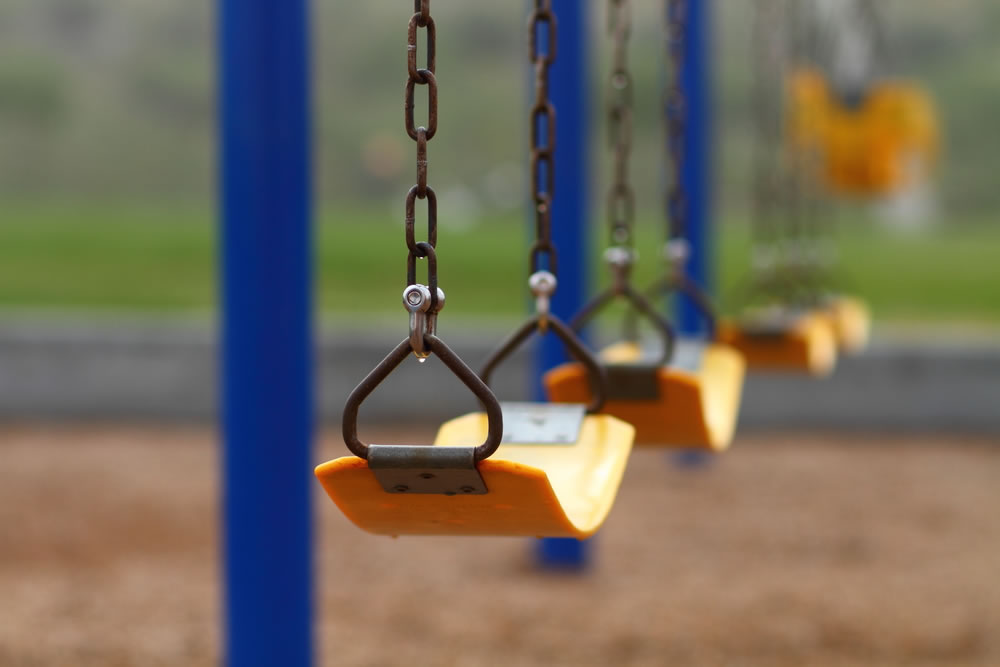Australia receives a D for kid's physical activity… again
Published on Tuesday, 28 February 2017
Last updated on Wednesday, 19 August 2020

Despite the active, sporty outdoorsy lifestyle for which Australia is famous, Australian kids are some of the least active in the world according to a global research group.
Australian kids have been awarded a D- for physical activity, which is the same as England and Wales, in the latest national report from the research group Active Healthy Kids Australia (AHKA), which was released late in 2016.
Lead author of the Australian Report Card from the University of South Australia, Dr Natasha Schranz said the age-old notion of Australia being a nation of active healthy kids who naturally gravitate to outdoor play and sports, has gone out the window with Aussie kids failing to meet the basic physical activity guidelines that lead to lifelong health and well-being.
"What this means is less than 1 in 5 Australian children aged between 5 and 17 years meet the recommended 60 minutes of physical activity each day, despite a range of recommendations, initiatives and campaigns put in place in an attempt to improve the grade," Dr Schranz said.
"It seems many Australian children and parents just don’t know how or why they need to include physical activity in their daily lives."
The 2016 Physical Activity Report Card is part of a global network, which includes 38 countries all reporting on the physical activity levels of their nation's children.
The global results highlight that Australian children's overall physical activity levels in 2016 remained static at a D minus (which was the 2014 grade), and that we are lagging behind countries such as New Zealand, Slovenia, Mexico and Brazil.
"The Report Card indicates that as our society has changed and there are fewer opportunities for free or unstructured play and active travel, our children have fewer opportunities to acquire the necessary skills, confidence and motivation to be physically active," Dr Schranz said.
"To imagine there is a quick fix for this would be a mistake – children need to be supported to develop their ‘physical literacy’ and establish the capabilities and habits that will set them up to be active for life."
The Report Card shows that although the Australian community is well served with community and school sporting facilities - parks, cycling tracks, courts and swimming pools - children are spending less time using them.
"The Report Card shows Australian children have a poor level of aerobic fitness and movement skill competency."
Dr Schranz said kids need to be empowered with the necessary skills to understand physical activity as an important and enjoyable part of everyday life.
"This 'tool kit' must include not only physical skills, but also the social, emotional and cognitive skills they need to be physically active throughout their lives," she said.
Heart Foundation spokesperson on physical activity Adj Prof Trevor Shilton said much more needs to be done to turn around the results.
"Australia needs a National Physical Activity Plan, and children and families should be at its heart."
He said a 'prescription for active kids', a comprehensive approach is needed and would include as a minimum:
- Robust, mandatory, high quality physical education for all children K-12;
- Build physical activity into the environment and programs of child care services and early childhood centres;
- Provide funding to local governments to extend and improve community infrastructure to support physical activity, sport and recreation for kids;
- Ensure safe walking and cycling infrastructure and safe road crossing is a priority – especially leading to schools and other facilities used by children;
- Implement media and public education targeting parents, families and young people to build knowledge and skills in how and why kids need to build physical activity into their daily lives;
- Public education and programs to help parents reduce kids’ screen time.
The full 2016 Report Card, including a breakdown of the 12 physical activity indicators and methodology is available online at Active Healthy Kids Australia.
Related Articles

Fun ideas for boosting activity levels
How to build more movement into the daily routine of children in early learning services.

Boosting activity levels in early childhood
Research shows 66 per cent of children are not getting the nationally recommended three hours (180 minutes) of daily physical activity needed for optimal growth and development.

Outdoor winter activity makes a lot of sense
Five good reasons to continue outdoor play during winter, how children benefit and what elements are necessary to ensure they have a comfortable experience, despite the conditions.

